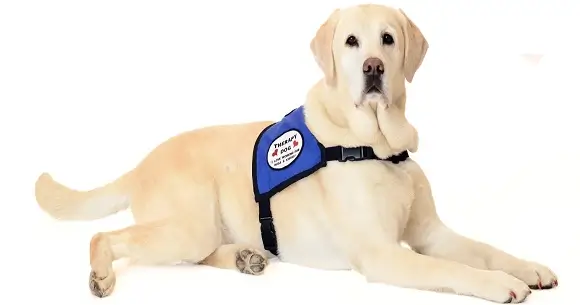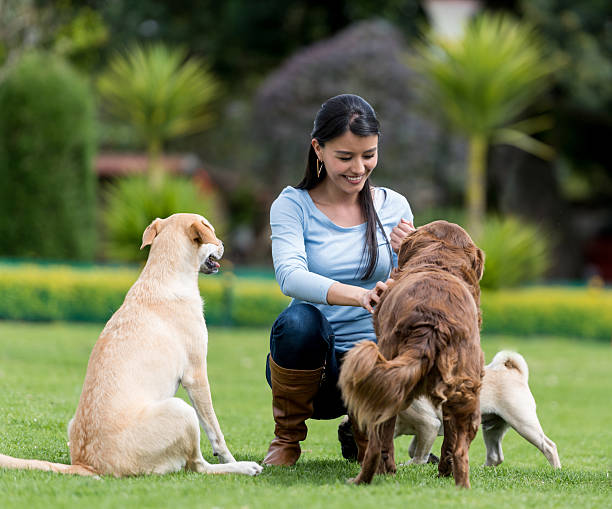Therapy and companion dogs can indeed be your best friend and constant companion. A companion dog is just another word for a family dog, while a therapy dog provides emotional comfort to seniors, sick people, the disabled, and others who may need some emotional support.
Therapy Dog
A therapy dog breeding can be found in nursing homes, hospitals, prisons, schools, etc. They help people soothe the painful conditions typically seen in disaster areas due to natural hazards such as tornadoes, floods, and earthquakes. Therapy dogs are specifically trained to provide affection and comfort to needy people. They are well known for their temperament and personality. They are patient, friendly, safe, gentle, and easy in almost all situations, and they love people and genuinely enjoy being around people while being hugged, kissed, and petted.
Any dog breed, large or small, young or old, can be a qualified therapy dog. However, not all dogs have the personality needed to be successful at this job. A therapy dog comforts those who need emotional support, and both the dog and the individual should enjoy this connection.
Difference Between Therapy and Service Dog Breeding
People are often confused about the differences between therapy and service dog breeding. Federal law does not define or protect therapy dogs, though some states have laws granting limited accommodation to therapy animals. They don’t provide direct assistance to people with disabilities so that some institutions may limit and prohibit access by therapy dogs. Service dogs are assistance dogs specifically trained to help people with disabilities. Americans with Disabilities Act (ADA) defines a service animal as any dog individually trained to do work or perform tasks for the benefit of an individual with a disability, including a physical, sensory, psychiatric, intellectual, or other mental disability, and a dog bred for such work or tasks.
Some organizations offer testing and accreditation for therapy dogs to ensure that they are qualified. Qualified dogs are found to be positive in people, have good manners in public places, are in good health with vaccines to date, and always obey the owner’s command. The most important thing is that the dog should not be aggressive. Some dog daycare centers or shelters may use online kennel software to track information about their therapy dogs and ensure they’re in good health.
Where to get Therapy Dogs
Most shelters and rescue groups offer therapy dogs, but you must be careful. Take your time to choose the dog that best suits you. Consider speaking with the staff and volunteers about what you need.




